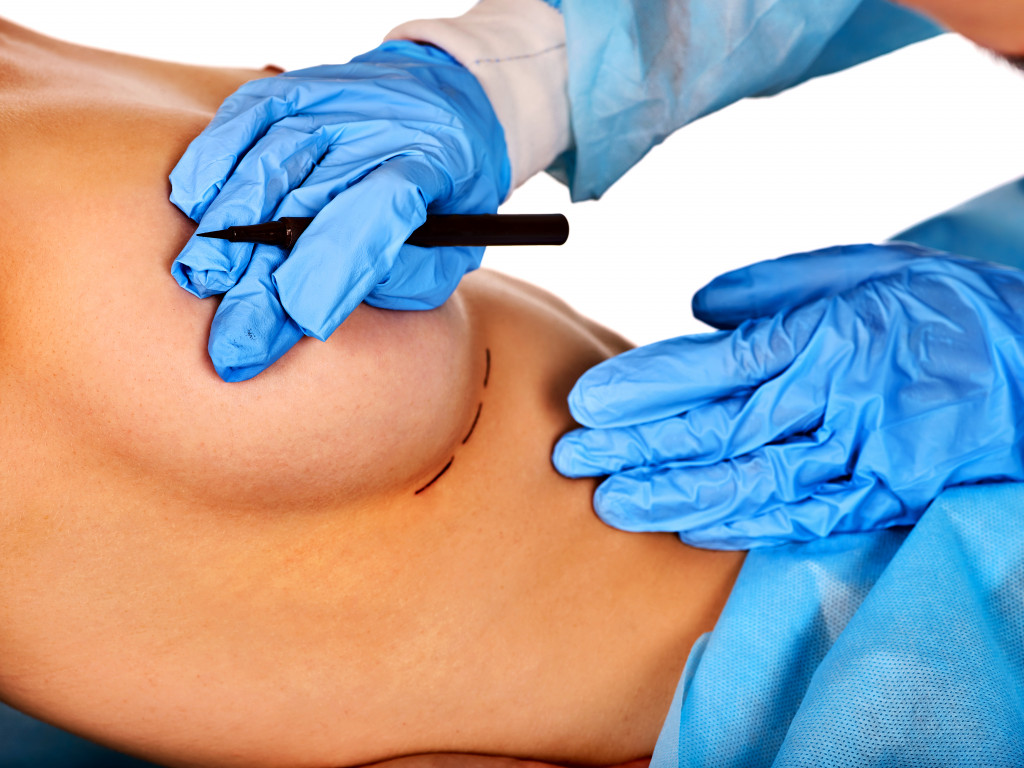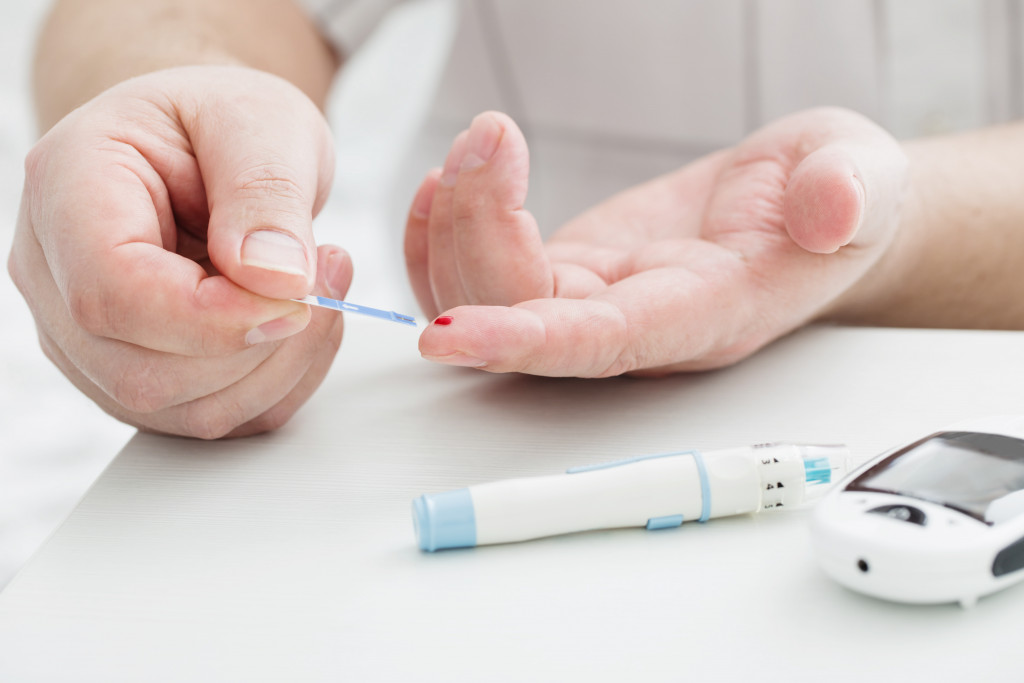It is no secret that technology has made it easier for women to cope with injuries and illnesses. In the past, there were few ways to alleviate pain or recover from an injury other than relying on a physical therapist or doctor.
Now, we have technology like the TENS unit which can be used at home and can provide relief from chronic pain caused by conditions such as arthritis. Even things like knee braces that are hinged can be purchased for women who have had surgery or who are dealing with a chronic injury.
It’s no secret that technology has become an integral part of women’s lives. Therefore, women owe a lot to technology for helping them deal with injuries and illnesses.
Technology for Women’s Health
These days, technology has allowed women to have more control over their health. For example, there are now many apps that can help women keep track of their menstrual cycle and ovulation. This information can be especially helpful for women trying to conceive.
There are even fertility tracking bracelets that can help women track their cycles. These technology-enabled bracelets can be programmed to remind the wearer when they are supposed to perform self-exams or take medication, which is especially helpful for those with memory issues like dementia and Alzheimer’s disease.
Women’s health technology has evolved over the years, but it wasn’t until recently that technology really started to help women cope with injuries and illnesses. Many types of technology have come out in recent years that make it easier for women to deal with their bodies during various stages of life.
Below are examples of how technology has helped women achieve better health outcomes:
-
Screenings for breast cancer have become more reliable
Breast cancer is the most common cancer in women, and early detection is key to successful treatment. In the past, mammograms were the only reliable way to screen for breast cancer. However, recent advances in technology have led to the development of digital mammography, which provides a more accurate picture of breast tissue.
This means that fewer false positives are detected, which in turn means that fewer women are called back for additional testing. Another technology-based screening method is the use of ultrasound imaging to screen for breast cancer. This technology has become increasingly accessible, allowing many more women access to this technology than ever before.
Early detection of breast cancer is critical, and technology is making it easier for women to detect this disease in its earliest stages. Therefore, more women with breast cancer have been able to receive treatment and are living longer, healthier lives.
-
Treatments for breast cancer have become more effective

In addition to technology-based screening methods for breast cancer, there are also a number of technology-assisted treatments available for women who have been diagnosed with the disease.
One such technology is radiation therapy. Radiation therapy uses high-energy beams to kill cancer cells. This technology has been used to treat breast cancer for many years. However, in the past, radiation therapy was not as effective as it is today.
This is because technology has improved to the point where doctors can now target the radiation specifically to the tumor site. As a result, women who undergo radiation therapy experience fewer side effects than those who received treatment in the past.
-
Screenings for cervical cancer have become more reliable
Cervical cancer is a cancer of the cervix, which is the lower part of the uterus. It is the second most common type of cancer in women worldwide.
Cervical cancer can be treated if it is caught early. However, many women do not have regular Pap tests, which are used to screen for cervical cancer.
Fortunately, technology has helped to make screenings for cervical cancer more reliable. For example, the HPV test can be used to detect the presence of the human papillomavirus (HPV), which is a virus that causes cervical cancer.
Another technology that has been used to help screen for cervical cancer is the Papanicolaou test or Pap test. The Pap test is a screening procedure that uses a special brush to collect cells from the cervix. The technology has been helpful in reducing deaths from cervical cancer.
-
Pregnancy complications are easily avoided with technology
Technology has also helped women cope with pregnancy complications. For example, technology has allowed expectant mothers to detect possible problems during their pregnancies. One technology that is helpful in detecting pregnancy complications is the electronic fetal heart monitor (EFM).
The EFM can be used on pregnant women who are experiencing slow or irregular contractions of the uterus at term and when there are signs of fetal distress. Technology helps to identify problems early so that they can be corrected before they become serious.
Technology has helped women in so many ways when it comes to their health. It has made it easier for women to cope with injuries and illnesses. Therefore, technology has become a very important part of women’s lives today.



